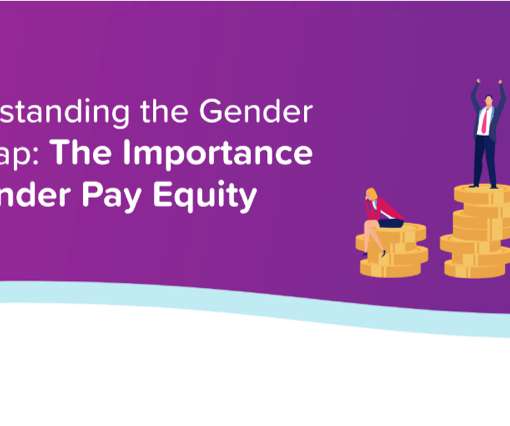Value End-of-Year Implementation -- Turn Down the Heat on the CEO Pay Ratio
Compensation Cafe
SEPTEMBER 28, 2017
I'm here to suggest that, if you are wise, you are planning to treat 2017 merit pay communications as a step in your Pay Ratio communications -- perhaps the first step in a lengthy strategy. Is there anything in the analysis of their salaries that should inform their 2017 increases? Step back a minute.
















Let's personalize your content